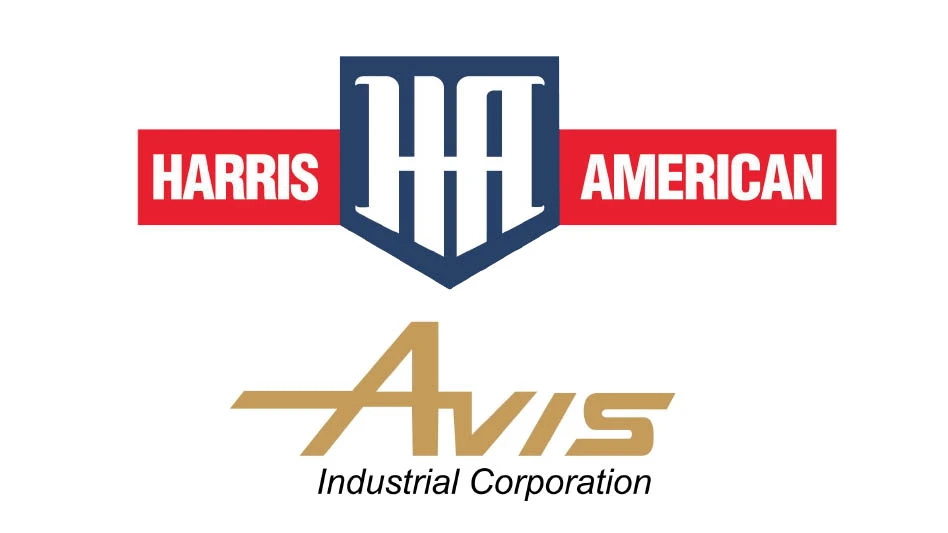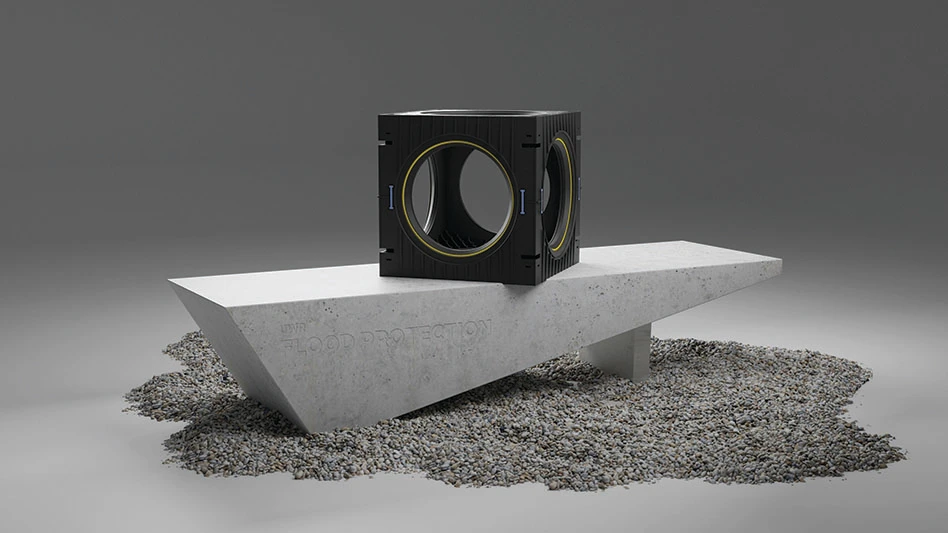
Brussels-based plastics association Plastics Recyclers Europe (PRE) has issued a statement expressing that current market developments in the polyethylene terephthalate (PET) packaging market could put the future of PET recycling at risk.
According to PRE, PET is the most recycled material on the plastic packaging market, with recycled PET used in both packaging and fibre applications. PRE reports that milk packaging, home and personal care markets plan to progressively switch from high density polyethylene (HDPE) to PET for cost, marketing and sustainability reasons. As these products are typically packaged in colorful containers, PRE says, the shift could lead to the production of more than 300,000 additional metric tons of colored PET, including black and white. The PET recycling markets cannot afford to absorb these extra colors, PRE says.
The association points out that if collected and sorted together, these numerous colored containers will require extra sorting in PET recycling plants. In order for recyclers to sell the colored fraction, the material would have to be tinted in black or gray, but no market currently exists for such a material in high quantities, PRE says.
The association claims that the colorful trend could weaken the image of PET as a recycled product and create great difficulties for the PET recycling industry. Furthermore, the existing HDPE recycling industry, which already has a market for colored HDPE applications (e.g. the pipe industry) will suffer if colored PET continues to grow, PRE says.
The association maintains that entities pursuing this path should be prepared to bear the increase in extended producer responsibility costs. A solution could be to use full body sleeves, however these sleeves must be detectable by near infrared sorting systems and cannot interact negatively in the recycling process, PRE says.
The association also calls on the PET and HDPE value chains to join efforts to avoid breaking the circular functioning of these recycling streams.
Latest from Recycling Today
- Enfinite forms Hazardous & Specialty Waste Management Council
- Combined DRS, EPR legislation introduced in Rhode Island
- Eureka Recycling starts up newly upgraded MRF
- Reconomy Close the Gap campaign highlights need for circularity
- Nickel carbonate added to Aqua Metals’ portfolio
- EuRIC, FEAD say End-Of-Life Vehicle Regulation presents opportunity for recyclers
- Recyclers likely to feel effects of US-China trade war
- BCMRC 2025 session preview: Navigating battery recycling legislation and regulations





